–
IEMR anniversary: 70 years of translational research


In 2021, the Institute for Experimental Medical Research celebrates its 70 year anniversary. Since its foundation in 1951, the institute has developed into one of Norways largest and most successful research environments. Professor Emeritus and former Head of IEMR, Ole M. Sejersted reflects on what brought the institute to its current position.
–
“Researchers can offer clinicians key insight into valuable issues. This is why we need good research environments that work closely with clinical personnel,” says Ole M. Sejersted, former Institute Head of one of Norway’s largest and most successful research institutes for more than 26 years, until he passed the baton on to Professor Ivar Sjaastad.
As the Institute for Experimental Medical Research (IEMR) celebrates its 70th anniversary, it seems appropriate to ask what brought it to where it is today.
“IEMR has developed from an institute with few employees and many PhD candidates to an institute with a permanent staff and a large group of post-doctoral fellows, as well as PhD students. The fact that we have managed to create an environment where everyone can develop has been crucial for efficient research,” says Sejersted.
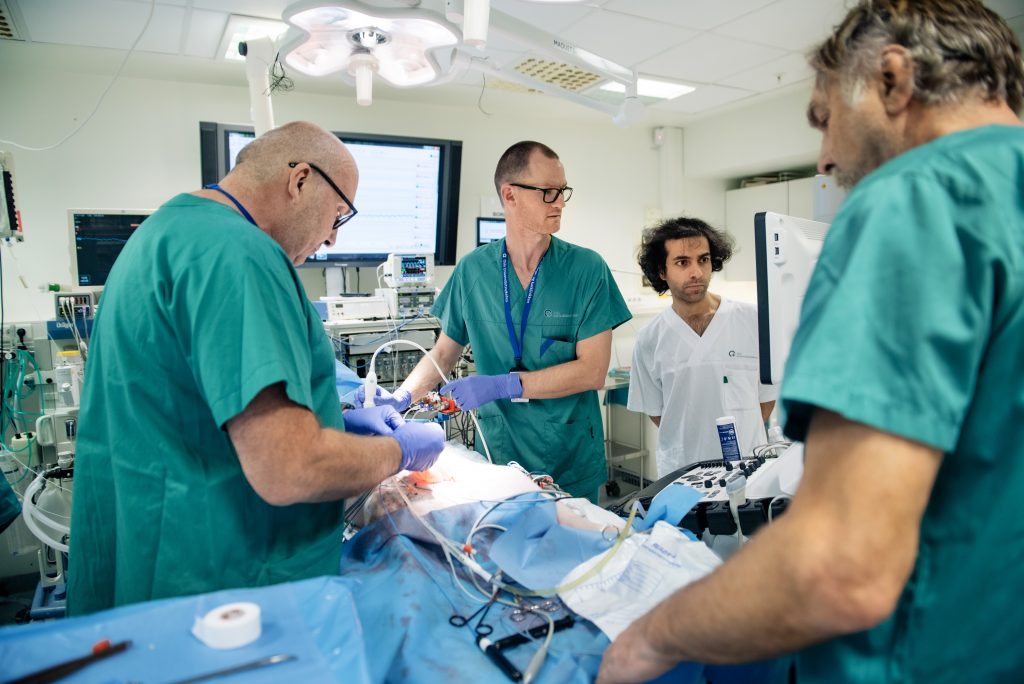
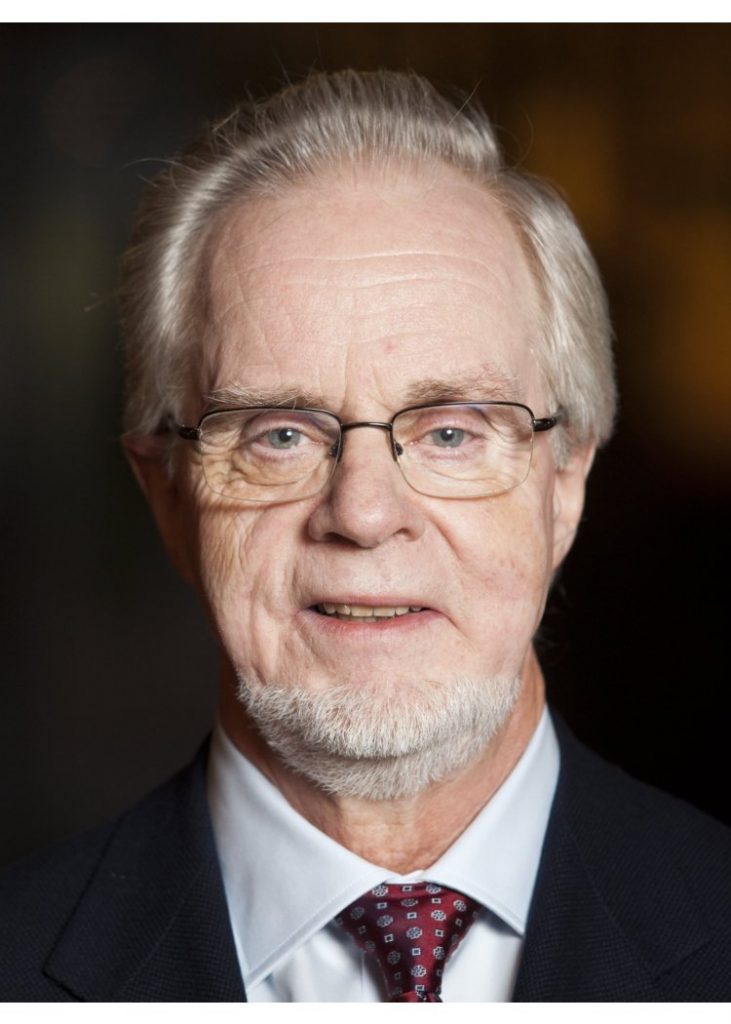
Professor Emeritus and former Head of IEMR, Ole M. Sejersted.
The Institute teaches and conducts research primarily in the field of heart disease. It has extensive collaboration with other laboratories at the University of Oslo and clinical departments at Oslo University Hospital and work extensively with both national and international colleagues. Around sixty people at IEMR are currently involved in the research groups belonging to the Institute.
When Sejersted joined in 1991, deliberate decisions were made on the direction of the Institute.
“Advancements in cellular and molecular biology allowed us to dig deeper into the depths of biology. This resulted in a need for reorientation. Our research profile gradually became more oriented towards the study of disease mechanisms.”
When the IEMR was established in 1951, the fundamental idea was to develop evidence-based medicine. This became possible through private donations in cooperation with the City of Oslo and the University of Oslo. Over the years, the Institute has significantly contributed to research activities at the Faculty of Medicine.

“For Oslo University Hospital, the Institute represents something unique, as it was originally based on the daily work of surgeons, from the perspective of physician and professor Carl Semb,” says Sejersted.
From the very beginning, the Institute has been an arena for research-hungry clinicians, and it has always served as a ‘PhD factory’. Many of those who have received their scientific education at the Institute now work in the healthcare sector, and several have later attained top positions in academia.
However, there is little reason for IEMR to rest on its laurels. There are still a host of challenges.
“For instance, hospitals are legally required to conduct medical and biological research, but clinicians generally have very tight schedules. That is why it is so important to raise awareness of the fact that when you bring research into clinical work, you are ensuring a mindset that can advance both diagnostics and treatment. Research involves a systematisation of knowledge. Asking questions about how things are connected and seeking new pathways should always be given high priority,” says Sejersted.
The IEMR was established in 1951 at the initiative of Carl B. Semb (1895 – 1971), professor of surgery, and made possible through a grant from shipowner Anders Jahre (1891- 1982). Their idea was to create an environment that promoted research in collaboration with the clinical departments at Oslo University Hospital – Ullevål.

(Movie in norwegian, duration 6 minutes)
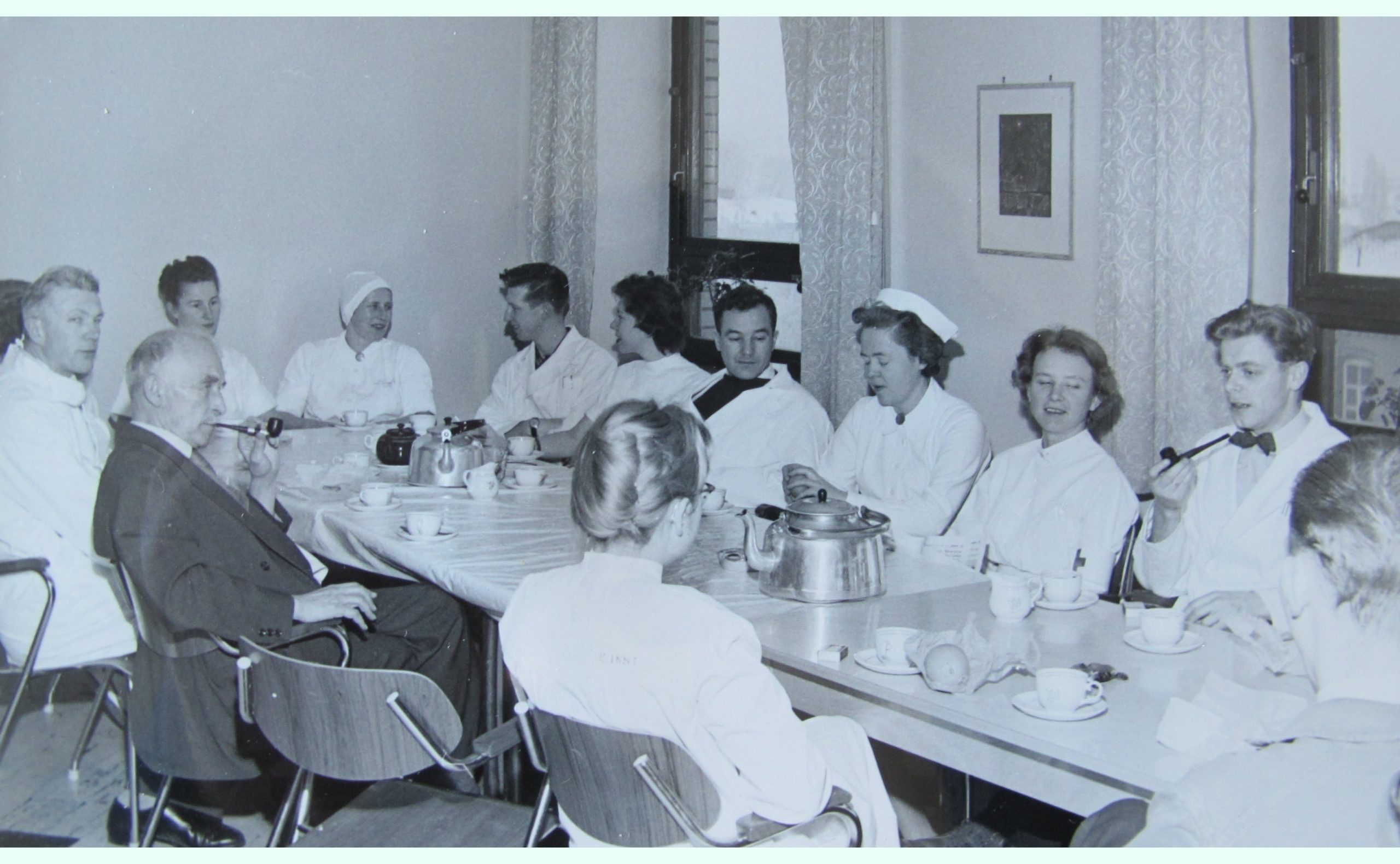
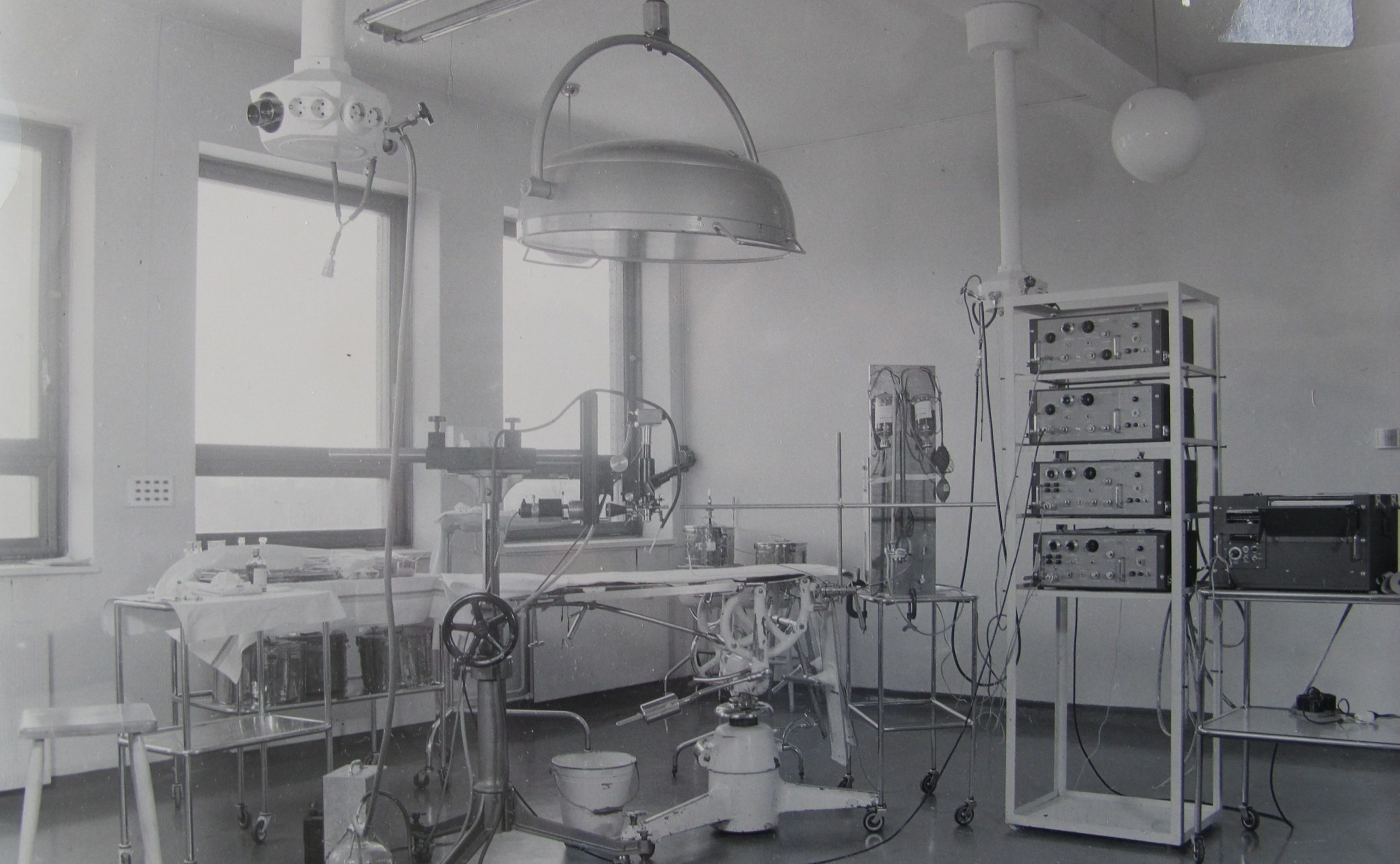
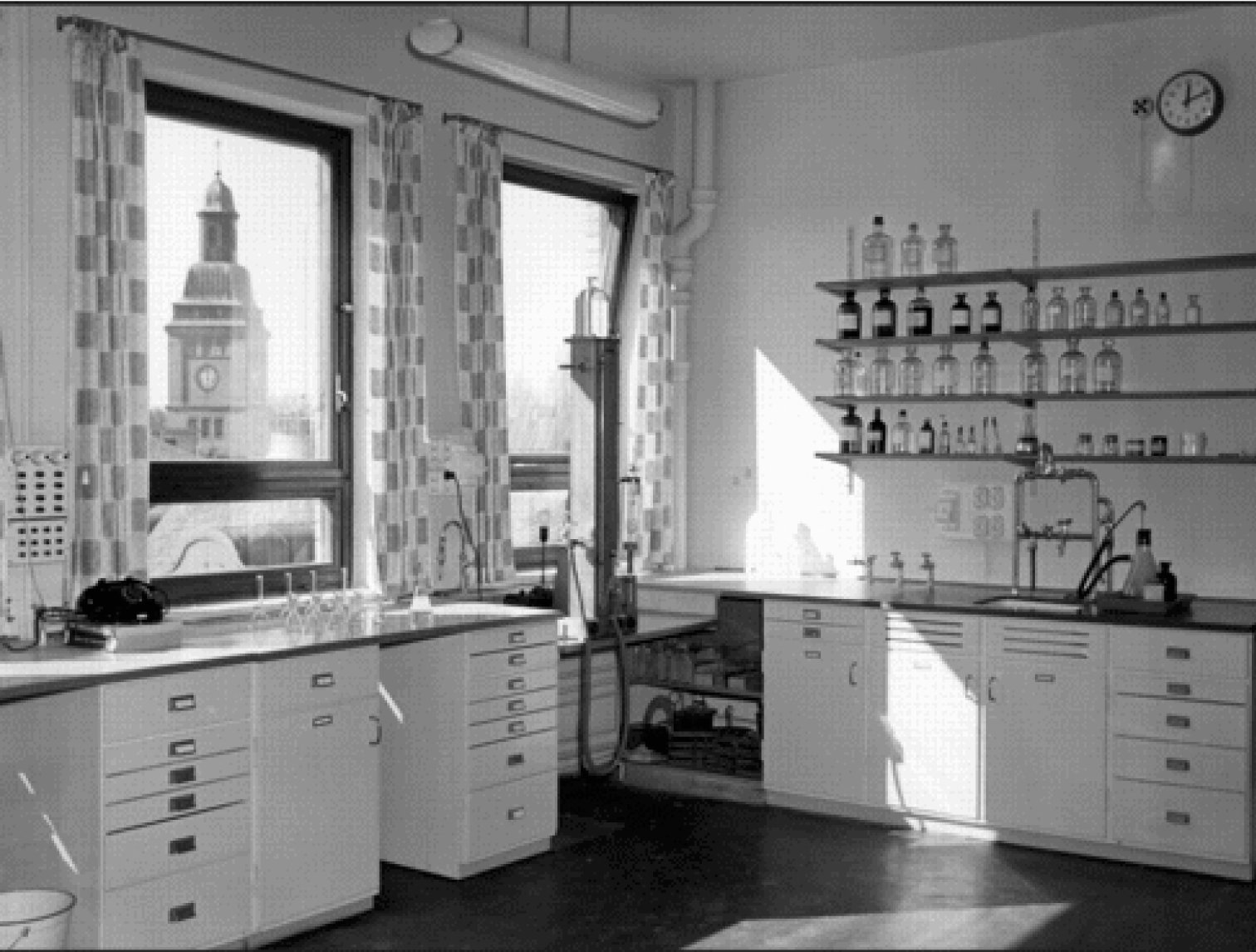
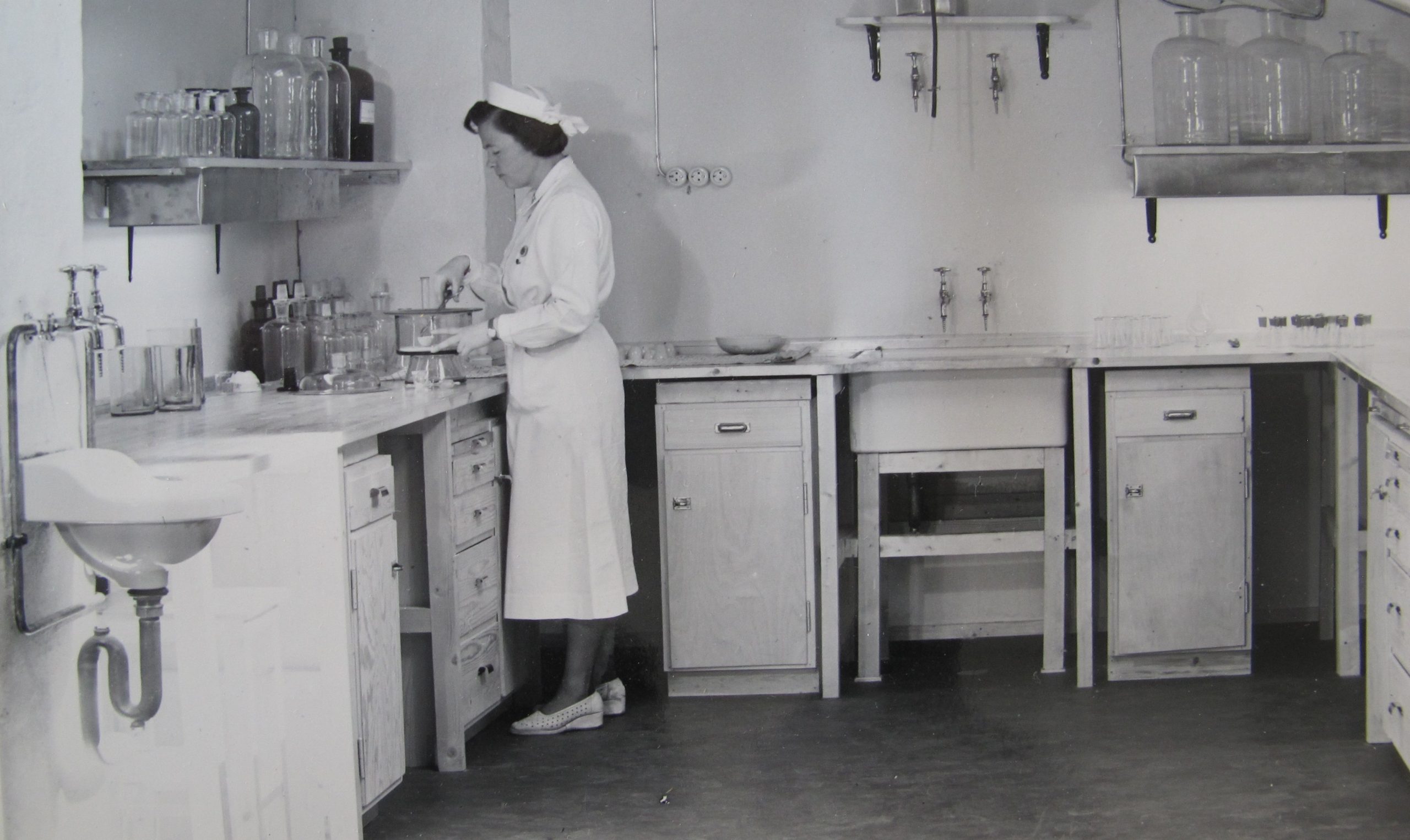
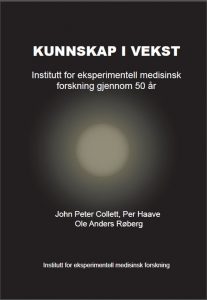
“KUNNSKAP I VEKST – Institutt for eksperimentell medisinsk forskning gjennom 50 år”
John Peter Collett, Per Haave og Ole Anders Røberg.
Institutt for eksperimentell medisinsk forskning, Oslo, 2001.